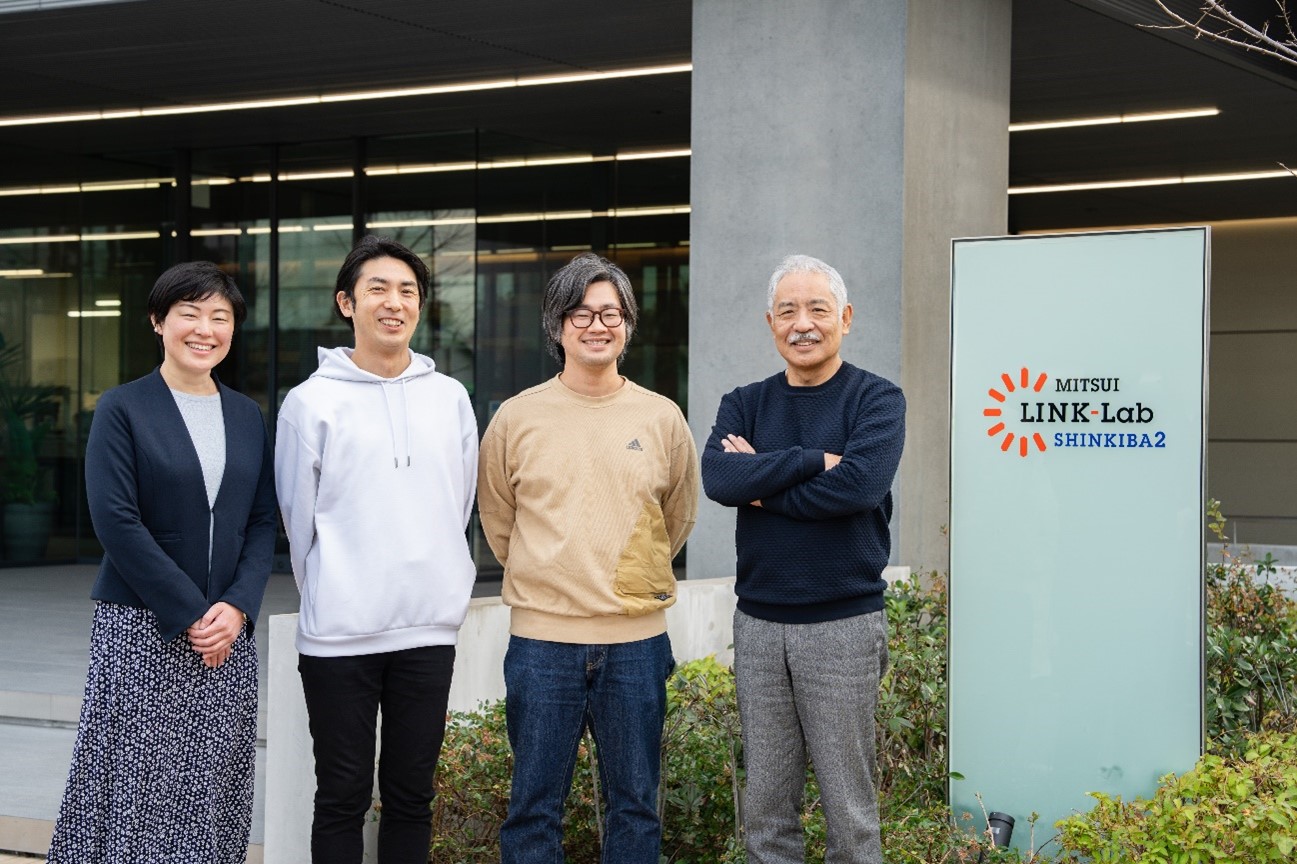Challenge new drug discovery research with genome editing technology born at Osaka University
First of all, please tell us about your business.
Mr. Hirai, C4U: Our company was born with the aim of practical application of the genome editing technology "CRISPR-Cas3" invented by Dr. Manashita (Professor of Inst. of Medical Sci., The Univ. of Tokyo and Founder of C4U) at Osaka University. Dr. Mashita, who aimed at social implementation of the technology, consulted with the university's industry-academia collaboration officer, and suggested that "Isn't it better to start a business yourself?" Currently, we are developing a hybrid business centered on two-axis: the development of new drugs for rare intractable diseases and central nervous system diseases (co-developed in-house pipelines and externally) and the licensing business, which provides the company's genome editing technology to the outside.
Main business of C4U Corporation
| Drug discovery business | ・In-house pipeline Mucolipidosis Type II/III ・Alliance Pipeline Cancer (other family CAR-T cell therapy) |
| License business | ・Co-development of COVID-19 Diagnostic Drugs ・Patent License to Cell Gene Modification Contractors ・License of a patent to a reagent development and sales company ・Joint research contracts in the plant field |
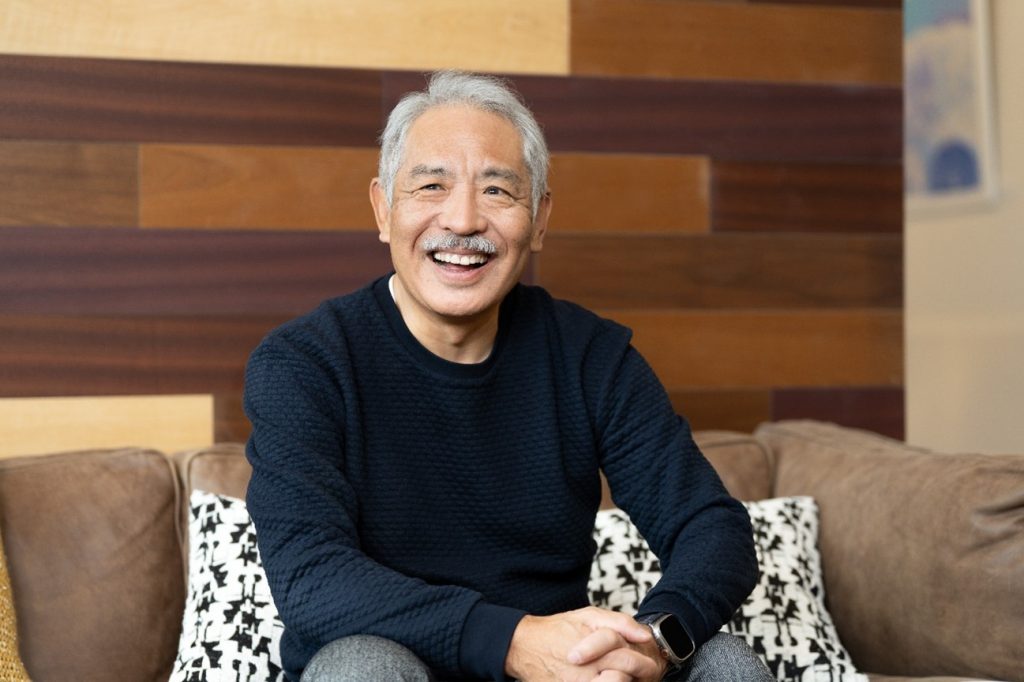
When has Mr. Hirai been involved in the business?
Mr. Hirai, C4U: I became president five years ago. Immediately after starting a business, it seems that there was a time when trial and error was repeated in establishing a business model. After I became president, I was very worried about my future business model. Therefore, since the development of new drugs using genome editing technology will take a long time to generate profits, we have established a business model to further improve our genome editing technology while licensing patented technologies to external parties in parallel with new drug development.
History of C4U Co., Ltd.
| 2018 | Born in Toyonaka City, Osaka Prefecture for research and development related to genome editing technology |
| 2019 | Relocated head office to Suita City, Osaka Prefecture |
| 2020 | Akimitsu Hirai assumed the position of President and Representative Director |
| 2022 | Tokyo Office opened in Meguro-ku, Tokyo |
| 2024 | Establishment of Tokyo Lab at Mitsui Link Lab Shinkiba 2 |
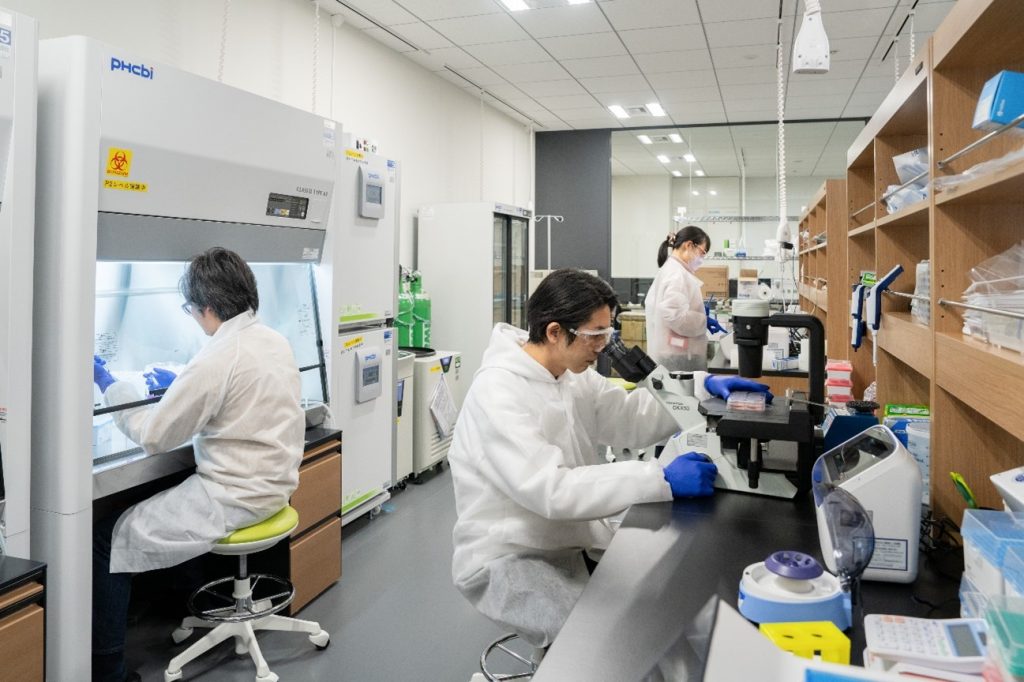
What is your core technology of "genome editing technology"?
Mr. Hirai, C4U: In the cell nuclei, DNA with genetic information = "life blueprint" is stored. Changing DNA can cause disease, or conversely, it is possible to treat disease by accurately and safely modifying DNA. The technology that alters DNA as desired is called "genome editing technology". Specifically, we intentionally cut and edit the target gene using an enzyme (scissors) that removes DNA sequences to stop or strengthen the function of the gene. There are already several genome editing technologies, and research is underway around the world for clinical applications.
How does your CRISPR-Cas3 differ from existing technologies?
Mr. Hirai, C4U: In three respects, it has different characteristics from the existing genome editing technology. The first point is that there is a high awareness of the target DNA sequence, and there is little risk of off-target mutations (a phenomenon in which mutations occur at sites different from the original target site), so it is possible to edit highly secure genomes. The second point is that the DNA cutting mechanism differs from the existing editing technology, so efficient editing is possible due to large-scale defects of hundreds to thousands of bases. The third point is that Osaka University has granted exclusive right to re-license and allows you to use our license with peace of mind.
Characteristics of CRISPR-Cas3

※Citation from the company's website
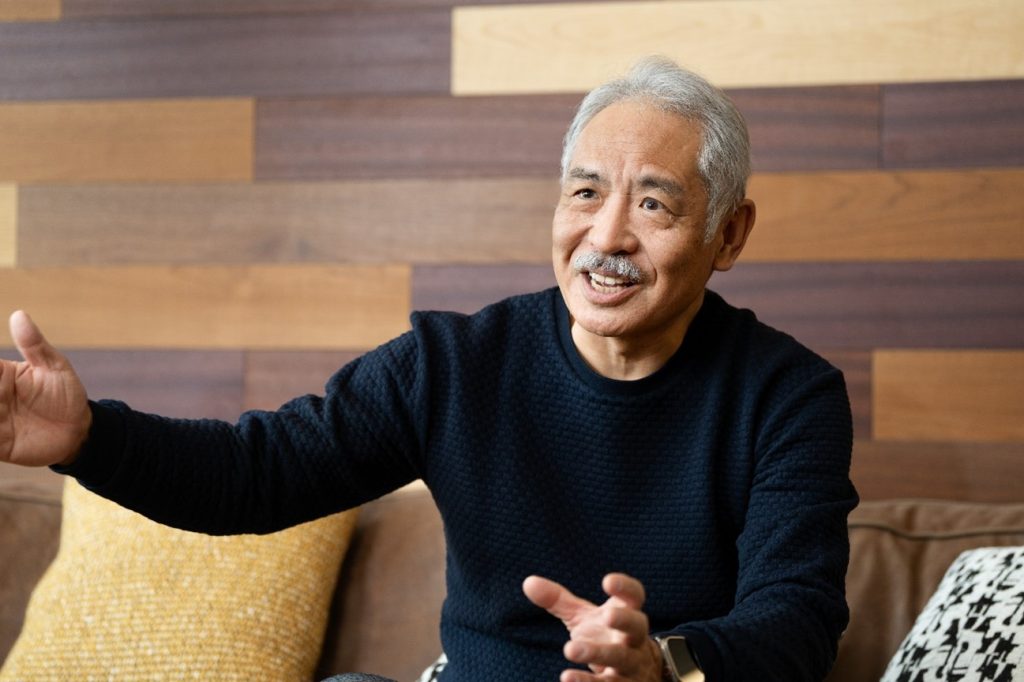
It has facility requirements suitable for genomic research and is ideal for research
Please tell us why you chose Mitsui Link Lab Shinkiba as the location of Tokyo Lab.
Mr. Hirai, C4U: There are two reasons. First of all, I was more impressed by Mitsui Fudosan's efforts to build an ecosystem for the life science industry in Japan. I thought it was reliable because it was a lab run by Mitsui Fudosan. When I actually visited it, I felt that the building was clean and the design was nice. It is also good that there is a cafe and there is an environment where you can relax. It was also very helpful that high-priced equipment was prepared in the common equipment room. If you had bought them in-house, you would have to spend tens of millions more.
In addition, our founder, Dr. Mashita, worked at Inst. of Medical Sci., The Univ. of Tokyo and opened our Tokyo office in Meguro-ku, Tokyo, so it was essential to have easy access to transportation from those places. Furthermore, due to the characteristics of the business, it was also necessary to comply with P2/BSL2 compliance (safety management standards for handling microorganisms and viruses that are pathogenic to humans and animals). Mitsui Link Lab Shinkiba has moved in because it meets the above conditions.
Do you have any interactions with other tenants?
Mr. Hirai, C4U: At Mitsui Link Lab Shinkiba, there were other companies that had exchanges for a long time, and I looked inside the lab and used it as a reference for the equipment and indoor layouts required when moving in. The exchange is still ongoing, such as lending and borrowing equipment even after we move in.
Do you have any requests such as "I want this kind of facility"?
Mr. Hirai, C4U: Most of the researchers, including me, are lacking exercise. Therefore, I would be grateful if there is a gym where you can easily use it in the area near the lab and sweat it.
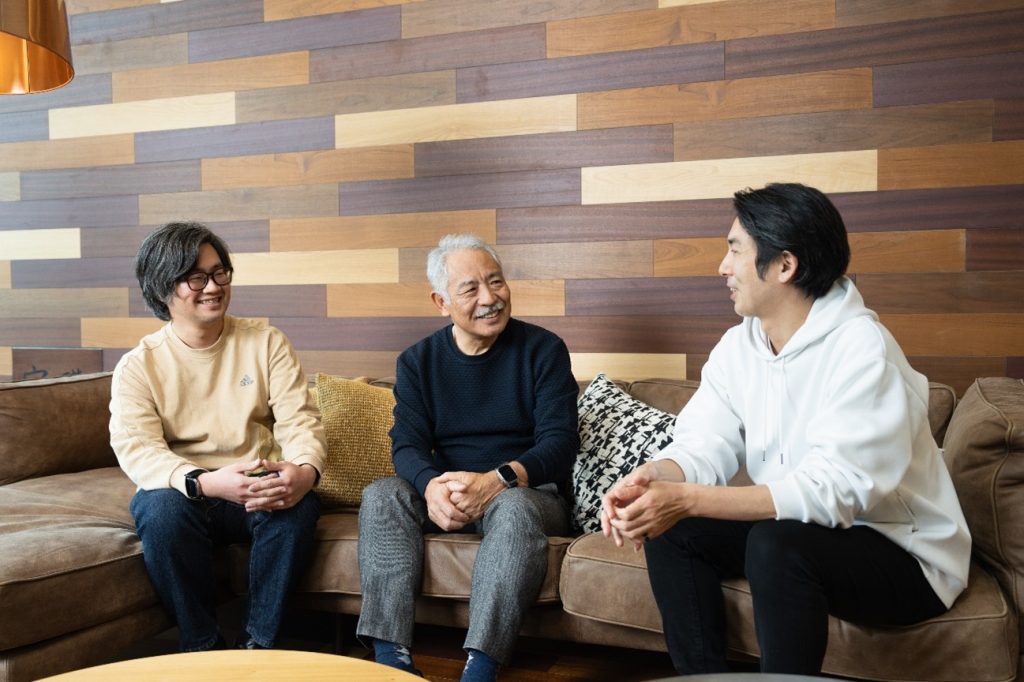
Expectations for a network of life sciences industry in Shinkiba
Is there anything you would like to achieve using Mitsui Link Lab Shinkiba?
Mr. Hirai, C4U: We hope that excellent researchers will continue to participate in our research and development. At the same time, since a network with other companies is indispensable for the development of our business, a network of life sciences industries will be created throughout the Shinkiba area, and we expect the excitement of the entire area in the future. In the Kanto region, networks are also emerging in the Tonomachi area of Kawasaki City, Kanagawa Prefecture, and in the Shonan area of Fujisawa City. Shinkiba is very close to central Tokyo, so it would be nice to grow while organically connecting to other places such as Nihonbashi.
Finally, please tell us about your future prospects.
Mr. Hirai, C4U: We will start with the development of ex vivo technology (altering the genes of cells that have been taken out of the body and then returned to the body again), and in the future we will also challenge the development of in vivo technology (injecting modified genes through carriers such as viruses and expressing them directly in the body). The basic concept of ex vivo technology (cell transplantation) is the same as conventional hematopoietic stem cell transplantation, so we can utilize our medical knowledge and experience. And if the company has the strength to grow and challenge new development, I would like to take on the challenge of developing in vivo technology.

